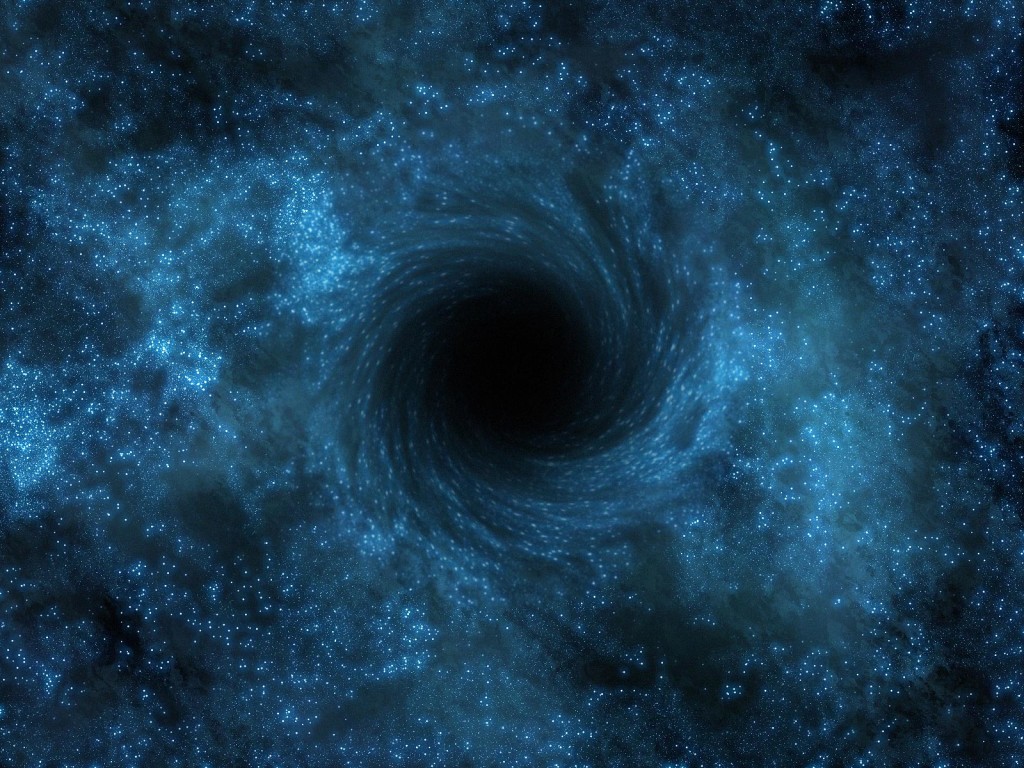-
Tips for becoming a good boxer - November 6, 2020
-
7 expert tips for making your hens night a memorable one - November 6, 2020
-
5 reasons to host your Christmas party on a cruise boat - November 6, 2020
-
What to do when you’re charged with a crime - November 6, 2020
-
Should you get one or multiple dogs? Here’s all you need to know - November 3, 2020
-
A Guide: How to Build Your Very Own Magic Mirror - February 14, 2019
-
Our Top Inspirational Baseball Stars - November 24, 2018
-
Five Tech Tools That Will Help You Turn Your Blog into a Business - November 24, 2018
-
How to Indulge on Vacation without Expanding Your Waist - November 9, 2018
-
5 Strategies for Businesses to Appeal to Today’s Increasingly Mobile-Crazed Customers - November 9, 2018
Two Supermassive Black Holes Will Collide In About 100K Years
The two supermassive black holes – known as quasar PG 1302-102 – are three-and-a-half billion light years from Earth, in the Virgo constellation.
Advertisement
Additionally, the discovery also provides a new technique for detecting black holes mergers – an event that, despite being quite common, is hard to spot and confirm.
“Watching this process reach its culmination can tell us whether black holes and galaxies grow at the same rate, and ultimately test a fundamental property of space-time: its ability to carry vibrations called gravitational waves, produced in the last, most violent, stage of the merger”, said Haiman.
Scientists have been closely observing the two black holes that are on a collision course earlier this year. They proposed that the light from the quasar is coming from a disc of gas surrounding the smaller of the two black holes. Researchers hope to find more colliding black holes and believe they may be able to witness a crash within the next 10 years, according to the global Business Times.
The Caltech astronomers estimate the collision of two supermassive black holes could release destructive gravitational waves through space-time, with the energy equivalent of 100 million supernova explosions.
According to the calculations by the researchers, the pair of very big black holes are approximately 3.5 billion light years away from Earth.
The findings add a little more knowledge about these black holes.
In a January study in Nature, astronomers show that PG 1302-102 has brightened by 14 percent every five years, indicating that the pair was less than a tenth of a light-year apart-now shown to be separated by only a light-week. What we didn’t know, however, is why the light appears to be flashing: brightly shining, dimming, and repeating again and again. They found that the orbit of the black holes is responsible for the intermittent signal.
Black holes are not as elusive as some might think.
A team of astronomers analyzed data collected from NASA’s Galaxy Evolution Explorer (GALEX) and NASA’s Hubble Space Telescope.
Researchers will continue to study black hole pairs because now they have the technology to do so.
“The detection of gravitational waves lets us probe the secrets of gravity and test Einstein’s theory in the most extreme environment in our universe – black holes,” he said. D’Orazio, who is the study’s lead author, also adds that getting there would be the holy grail in his field.
Advertisement
Past studies had revealed that the flickering effect of quasars might be generated by a discontinuity in the axis of one of the black holes or warps in the debris disk around the pair.





























